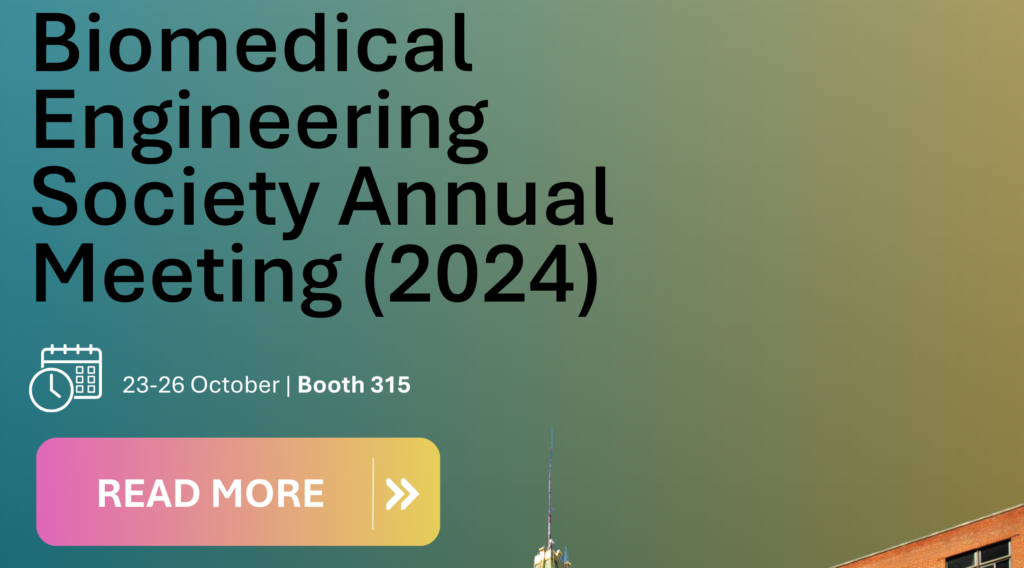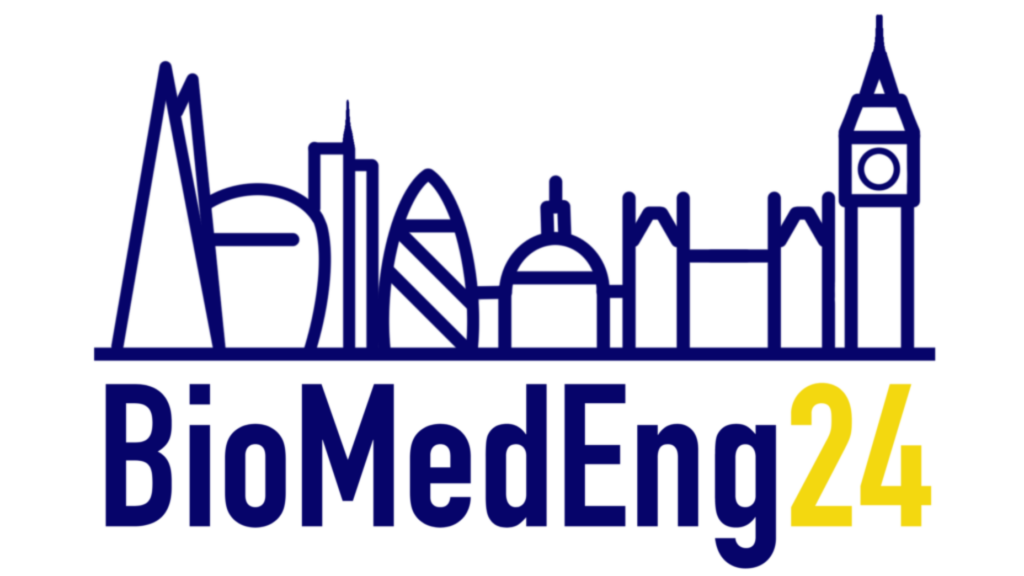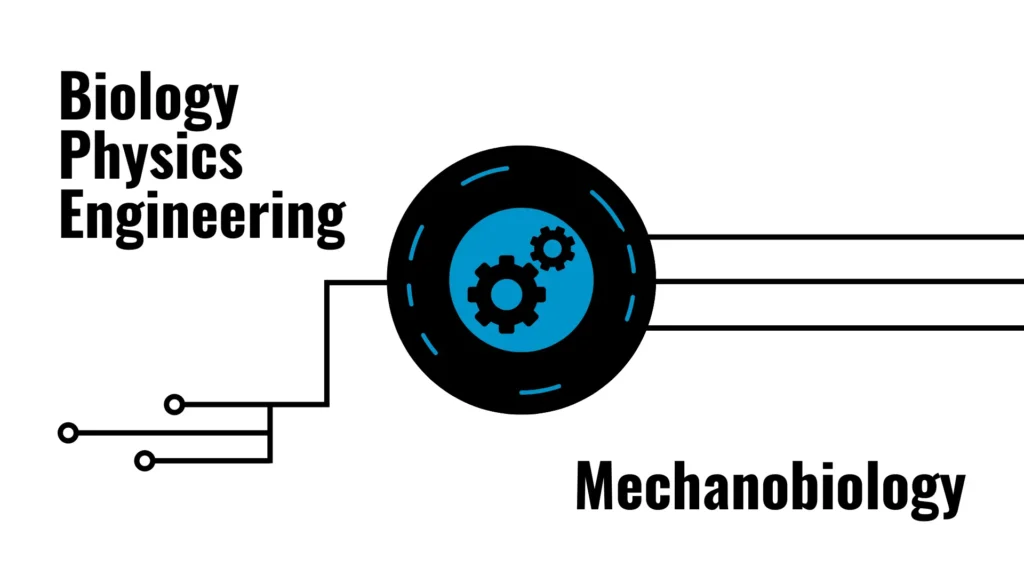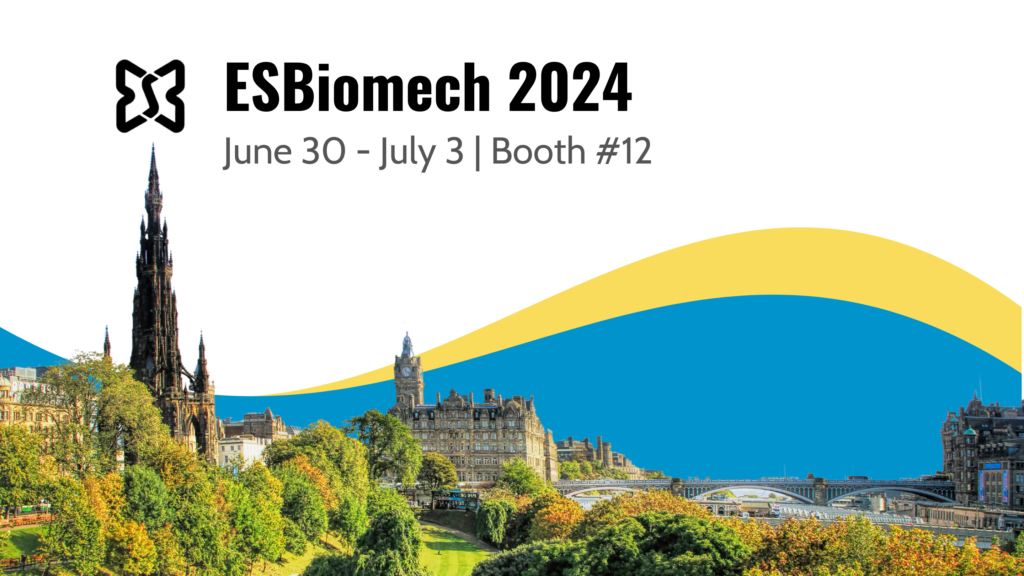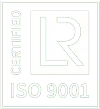
Variations in hydrogel’s mechanical properties, such as strength, stiffness, density, composition, orientation, and viscoelasticity, affect cellular activity.
- Controlling the cell behavior.
- Identifying mechanical triggers to initiate specific cell activities.
- Creating hydrogels with native tissue-like properties to promote tissue formation 4.
To address the unmet needs in bioengineering, we introduce the Pavone Nanoindenter as a powerful method of mechanical characterization of hydrogels and other biomaterials. Pavone identifies the mechanical properties of hydrogels, the mechanisms by which cells remodel hydrogels, the impact of hydrogel mechanical properties on cell behavior, and the role of mechanical stimulation in cell-seeded hydrogels. Therefore, controlling and understanding the cell–hydrogel mechanic–interactions with Pavone can unlock new therapeutic strategies.
References
[1] Blache, U., Ford, E.M., Ha, B. et al. Engineered hydrogels for mechanobiology. Nat Rev Methods Primers 2, 98 (2022). https://doi.org/10.1038/s43586-022-00179-7
[2] Jacob S, Nair AB, Shah J, Sreeharsha N, Gupta S, Shinu P. Emerging Role of Hydrogels in Drug Delivery Systems, Tissue Engineering and Wound Management. Pharmaceutics. 2021 Mar 8;13(3):357. doi: 10.3390/pharmaceutics13030357. PMID: 33800402; PMCID: PMC7999964.
[3] Ahearne M. Introduction to cell-hydrogel mechanosensing. Interface Focus. 2014 Apr 6;4(2):20130038. doi: 10.1098/rsfs.2013.0038. PMID: 24748951; PMCID: PMC3982445.
[4] Geckil H, Xu F, Zhang X, Moon S, Demirci U. Engineering hydrogels as extracellular matrix mimics. Nanomedicine (Lond). 2010 Apr;5(3):469-84. doi: 10.2217/nnm.10.12. PMID: 20394538; PMCID: PMC2892416.

